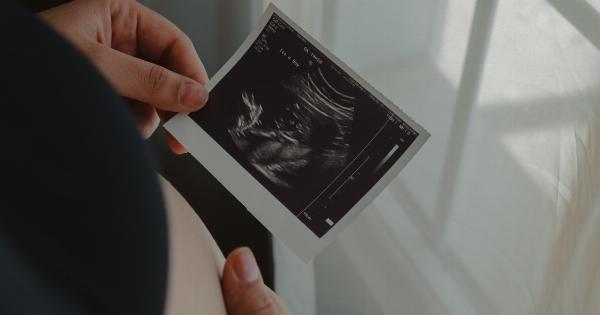Anesthesia is a vital component of many medical procedures, including those performed on pregnant women.
However, concerns regarding the potential risks and effects of anesthesia exposure on neonatal outcomes have sparked significant interest and research. This article aims to explore the current understanding of the effects of anesthesia exposure during pregnancy on neonatal outcomes.
1. Introduction
Understanding the impact of anesthesia exposure during pregnancy on neonatal outcomes is crucial for obstetricians, anesthesiologists, and other healthcare professionals involved.
Anesthesia administration to pregnant women is necessary for various reasons, including cesarean section deliveries, fetal surgeries, and medical interventions. However, the potential risks associated with anesthesia exposure need to be carefully evaluated and understood to ensure optimal care for both the mother and the baby.
2. Types of Anesthesia during Pregnancy
There are different types of anesthesia used during pregnancy, including general anesthesia, regional anesthesia (such as spinal or epidural), and local anesthesia. Each type has its own implications and potential effects on neonatal outcomes.
Understanding these differences is essential in assessing the risks and making informed decisions.
3. Maternal and Fetal Factors Affecting Neonatal Outcomes
Several maternal and fetal factors can influence neonatal outcomes following anesthesia exposure. Maternal factors such as pre-existing medical conditions, use of medications, and the physiological changes during pregnancy play a significant role.
Fetal factors, including gestational age, placental factors, and the direct effects of the anesthetic agents on the developing fetus, also contribute to the overall neonatal outcomes.
4. Potential Risks and Adverse Neonatal Outcomes
Anesthesia exposure during pregnancy has been associated with various potential risks and adverse neonatal outcomes.
These include but are not limited to, preterm birth, low birth weight, changes in Apgar scores, respiratory depression, and developmental abnormalities. It is crucial to understand and identify these risks to minimize potential harm to the newborn.
5. Current Research and Findings
Ongoing research has contributed significantly to understanding the impact of anesthesia exposure during pregnancy on neonatal outcomes.
Recent studies have focused on exploring specific anesthetic agents, techniques, and dosages to determine their potential effects. This section provides a comprehensive overview of the current research findings in this field.
6. Minimizing Risks: Best Practices and Guidelines
Given the potential risks associated with anesthesia exposure during pregnancy, guidelines and best practices have been developed to optimize the care provided.
This section highlights the importance of adherence to these guidelines, covering topics such as pre-anesthesia assessment, selection of anesthetic agents, monitoring techniques, and post-anesthesia care for pregnant women.
7. Case Studies and Clinical Experiences
Real-life case studies and clinical experiences play a crucial role in understanding the complex relationship between anesthesia exposure during pregnancy and neonatal outcomes.
This section offers a collection of relevant cases that further contribute to the existing knowledge and shed light on potential complications.
8. Future Directions
The field of anesthesia exposure during pregnancy and its impact on neonatal outcomes is continually evolving.
This section discusses potential directions for future research, including the need for larger sample sizes, long-term follow-up studies, and investigations into novel anesthesia techniques.
9. Conclusion
While anesthesia exposure during pregnancy is often necessary and beneficial for the health of both the mother and the baby, it is essential to be aware of the potential risks and take measures to minimize adverse effects on neonatal outcomes.
Adhering to guidelines, engaging in ongoing research, and sharing clinical experiences will contribute to improving the care provided to pregnant women requiring anesthesia.






























